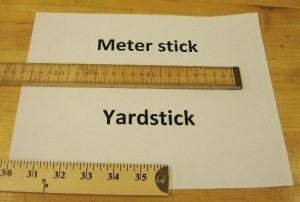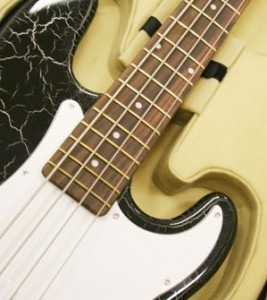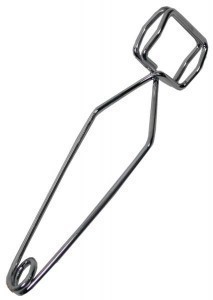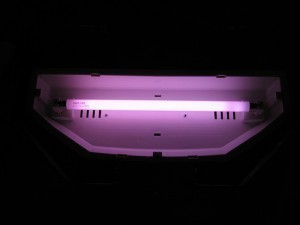Fahrenheit to Celsius
The temperature scale we call Celsius was once known as centigrade. It is named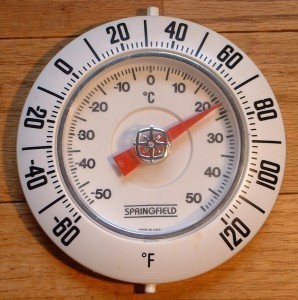 after Anders Celsius, a Swedish astronomer, who created a temperature scale that is quite it. Some countries prefer to use Fahrenheit as their temperature scale. However, most countries today have opted to use Celsius scale for a standardized metric system of measuring temperature. Thus it also becomes necessary for one to know how to convert Fahrenheit to Celsius.
after Anders Celsius, a Swedish astronomer, who created a temperature scale that is quite it. Some countries prefer to use Fahrenheit as their temperature scale. However, most countries today have opted to use Celsius scale for a standardized metric system of measuring temperature. Thus it also becomes necessary for one to know how to convert Fahrenheit to Celsius.
Converting Fahrenheit to Celsius
Sometimes it becomes necessary for one to convert from one temperature scale to the other, in this case converting Fahrenheit to Celsius. Changing from one of these temperature scales to the other really doesn’t take a lot of math to work on. The first step is to take the temperature in Fahrenheit. The next step is to subtract 32 degrees from what you got. Divide what’s left by 1.8 and the result of your calculations is now in degrees Celsius.
Adopting Degrees Celsius
In this temperature scale, zero degrees Celsius is the freezing point of water and 100 degrees Celsius is its boiling point. That definition is what most people are taught in schools even today. However, in reality, that definition of the freezing point and boiling point was used only from 1744 to 1954.
The United States and a few other countries in the world still prefer to use Fahrenheit to refer to measurements of temperature. Most of the countries around the world have now adopted the Celsius temperature scale. Celsius nowadays is the scale used in practically everything from weather to industrial and other purposes.
Though, of course, some areas of study like astrophysics and low-temperature physics will use neither of the two competing temperature scales. Such fields of study use Kelvin as a method of expressing temperature.
The advantages of converting from Fahrenheit to Celsius go hand in hand with converting to the metric system. More countries prefer the Celsius temperature scale because it makes calculations a lot simpler. It is a lot easier to juggle numbers around using decimals.
The Debate
There are various reasons why people won’t change from Fahrenheit to Celsius. It should be noted that though calculations can be easier on a metric scale, that doesn’t mean that the Celsius temperature scale is flawless. One example is depicting weather temperatures. Degrees Fahrenheit will go from zero to 100 degrees in depicting weather extremes in the United States. That is something which is easily understood given a scale of 0 to 100.
When you convert to Celsius, you have quite a clumsy range of numbers to depict cold temperatures and really hot weather. It is a bit complicated working out from -18 degrees to +38 degrees of the Celsius temperature scale. For this and other reasons, the debate whether to switch from Fahrenheit to Celsius is still on going. Though it does appear that more countries have leaned on the advantages of Celsius compared to Fahrenheit.
